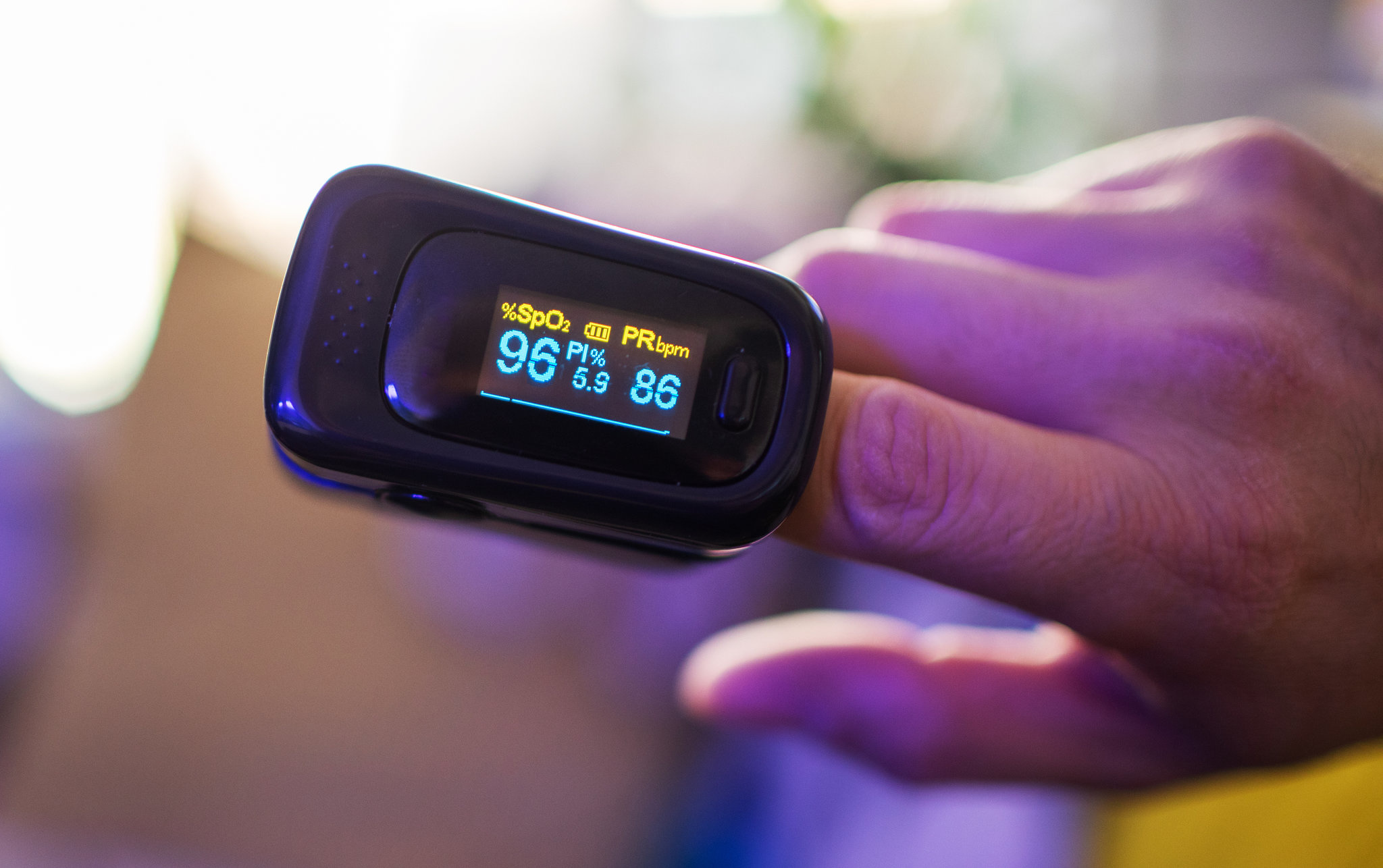Pulse Oximeter in COVID-19: Why and How
- Posted on
- By Martha

A oximeter helps monitor health and inform patients whether they need medical care.
A pulse oximeter is a small electronic device that estimates the saturation of oxygen in your blood. You want a number in the 95% to 100% range. If the number drops to 92% or lower, that's a cause for concern. That's generally the level where a doctor might put you on supplementary oxygen and keep you in the hospital for observation.
If you have COVID-19, a pulse oximeter might be a helpful tool for you to monitor your health and help know if you need medical care.
Why are these devices suddenly getting so much attention?
COVID-19 can bring on what's called COVID pneumonia — an infection in which the lung's air sacs fill with fluid or pus. And it's possible that someone infected with the novel coronavirus might be in the early stages of COVID pneumonia – including a drop in blood oxygen level — without experiencing any difficulty breathing.
It makes sense to have a pulse oximeter at home – just as you might have a thermometer to track fevers. If you have symptoms of COVID-19, like weakness, muscle aches or fever, you could use the device to measure blood oxygen levels.
That 92% figure (or lower) is a sign that "you should get evaluated because this disease kills silently and you don't have to have significant shortness of breath".
Check our Jumper Pulse Oximeter


